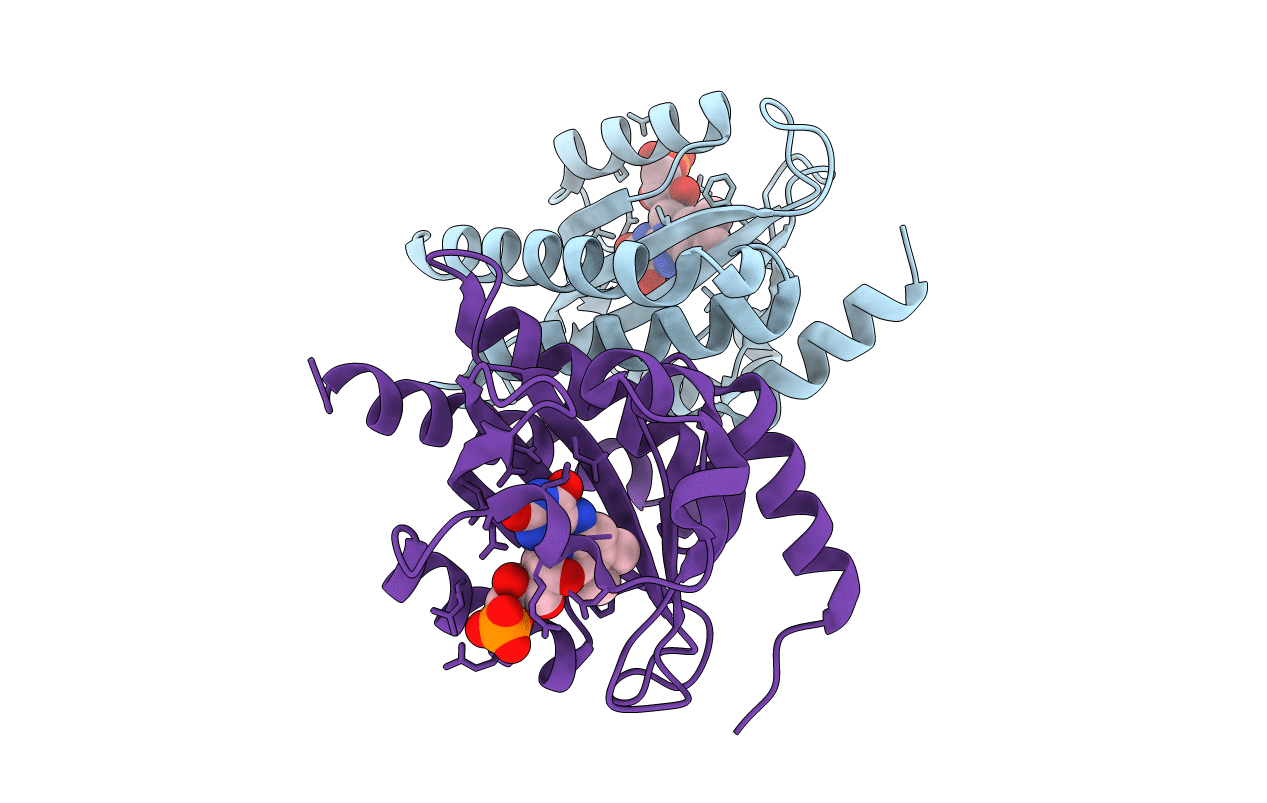
Deposition Date
2012-10-12
Release Date
2013-01-16
Last Version Date
2024-02-28
Entry Detail
PDB ID:
4HJ6
Keywords:
Title:
Crystal Structure of Rhodobacter Sphaeroides LOV protein
Biological Source:
Source Organism:
Rhodobacter sphaeroides (Taxon ID: 349102)
Host Organism:
Method Details:
Experimental Method:
Resolution:
2.20 Å
R-Value Free:
0.22
R-Value Work:
0.20
R-Value Observed:
0.20
Space Group:
P 65


